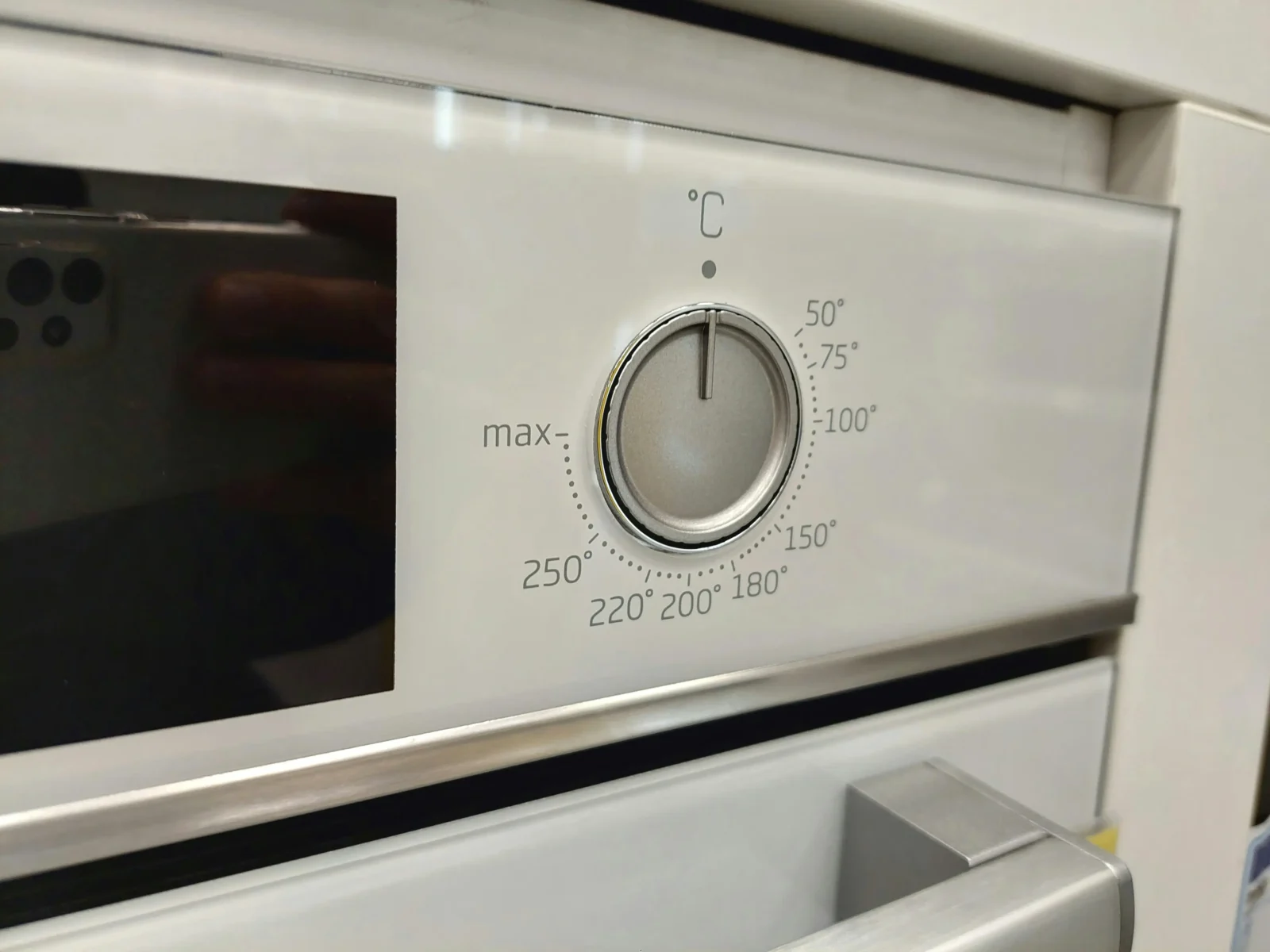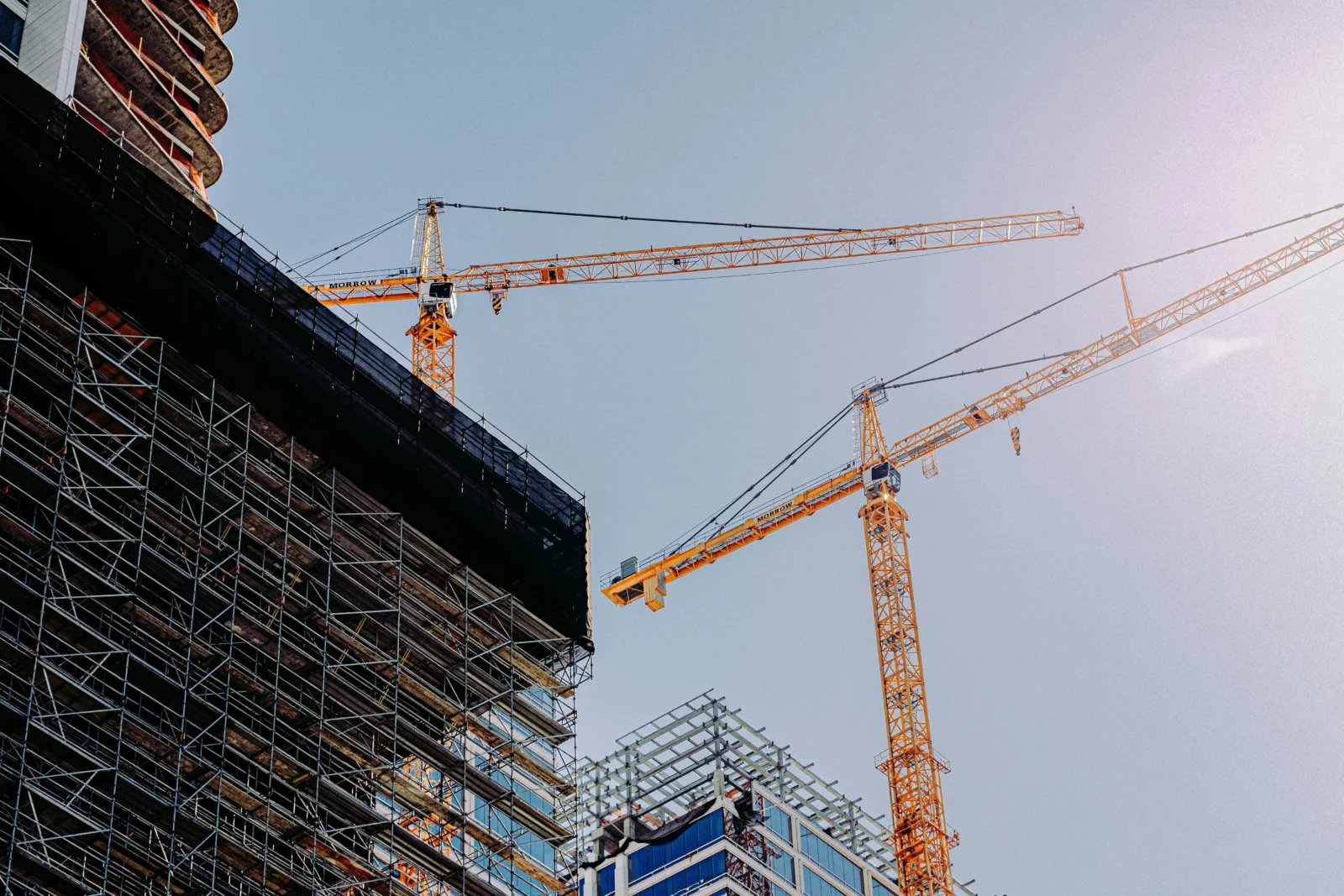- Home
- Articles
- Architectural Portfolio
- Architectral Presentation
- Inspirational Stories
- Architecture News
- Visualization
- BIM Industry
- Facade Design
- Parametric Design
- Career
- Landscape Architecture
- Construction
- Artificial Intelligence
- Sketching
- Design Softwares
- Diagrams
- Writing
- Architectural Tips
- Sustainability
- Courses
- Concept
- Technology
- History & Heritage
- Future of Architecture
- Guides & How-To
- Art & Culture
- Projects
- Interior Design
- Competitions
- Jobs
- Store
- Tools
- More
- Home
- Articles
- Architectural Portfolio
- Architectral Presentation
- Inspirational Stories
- Architecture News
- Visualization
- BIM Industry
- Facade Design
- Parametric Design
- Career
- Landscape Architecture
- Construction
- Artificial Intelligence
- Sketching
- Design Softwares
- Diagrams
- Writing
- Architectural Tips
- Sustainability
- Courses
- Concept
- Technology
- History & Heritage
- Future of Architecture
- Guides & How-To
- Art & Culture
- Projects
- Interior Design
- Competitions
- Jobs
- Store
- Tools
- More
Why Subsurface Imaging Is Important for Modern Construction Sites

As construction methods evolve alongside technological advancements, subsurface imaging has emerged as a critical component in the planning and execution of construction projects. Infrastructures today are no longer just surface-level entities. They are complex systems that intertwine with utilities, geology, and other hidden elements.
Failing to understand what lies below before breaking ground can lead to unexpected complications that may significantly hinder progress, increase costs, or even pose safety risks to workers. This is where subsurface imaging techniques come into play, offering invaluable insights that dramatically improve the effectiveness and safety of construction projects.
Table of Contents
ToggleUnderstanding Subsurface Imaging
Subsurface imaging encompasses a number of techniques designed to produce detailed images of what lies below the surface of the earth. These methods are designed to detect and interpret the presence of utilities, voids, rocks, and other geological features that could impact construction efforts. Techniques like Ground Penetrating Radar (GPR), electrical resistivity tomography, and seismic methods provide important information that guides construction teams in their planning.
Among these methods, Ground Penetrating Radar stands out due to its non-invasive nature and speed of data collection. It utilizes radar pulses to image the subsurface, providing real-time data that can inform decisions as they are made. Rather than rely solely on outdated surveys or assumptions, construction teams can leverage advanced technologies to gain a clearer picture of what they’re working with, minimizing risks and ensuring informed decision-making.

The Importance of Specialized Services
Implementing specialized services is crucial in modern construction practices. Without thorough subsurface investigations, projects are susceptible to discovering unmarked utilities or geological anomalies that may halt progress, increase costs, or introduce danger to construction workers.
Consider a scenario where a construction team begins excavation only to discover uncharted gas lines. The resulting costs due to damage, delays, or even hazardous situations can far exceed the investment made in effective subsurface imaging. Utilizing GPR scanning services allows construction teams to identify critical features before excavation, thereby avoiding any potential accidents. Advances in GPR technology have led to enhanced accuracy of subsurface assessments.
Modern GPR systems can generate high-resolution images with layers of detailed information, allowing operators to distinguish between various types of materials underground. This capability enhances safety and improves project efficiency. By planning effectively and reducing site surprises, construction teams can allocate resources more strategically and adhere to timelines more closely.
Benefits of Using Subsurface Imaging
The advantages of including subsurface imaging technologies during the construction process are numerous. Firstly, one of the most significant benefits is the improvement in safety for all personnel involved. By knowing what lies beneath the surface, construction crews can avoid potential hazards, such as hitting live wires or gas lines. Improved safety protocols can lead to fewer accidents and less downtime, contributing to project success.
Subsurface imaging offers cost-effectiveness by mitigating the risk of unexpected expenses. Any delays or damage that arises from uncharted subsurface elements can lead to substantial financial loss. Incorporating imaging techniques helps in accurately budgeting for projects, allowing construction firms to present precise estimates to clients, which fosters transparency and trust. Effective communication of possible subsurface challenges can enhance client relationships while reinforcing a construction firm’s professional reputation.
Environmental Implications
Subsurface imaging plays a vital role in ensuring that projects tread lightly on the earth. Understanding subsurface conditions helps in making informed choices regarding materials, excavation methods, and even plant placement. Knowing the geology will allow teams to develop strategies that minimize negative impacts on the surrounding ecosystem while adhering to environmental regulations.
Subsurface imaging assists in the identification of contamination or unstable ground conditions, which may lead to environmental upheaval if not addressed appropriately. By incorporating advanced imaging techniques into their planning, construction teams can proactively address potential environmental concerns, reducing the risk of harm to the surroundings and ensuring compliance with legal requirements.
Future Trends in Subsurface Imaging
With rapid technological advancements, the future of subsurface imaging looks promising. Continuous innovation in GPR technologies enhances imaging accuracy and operational efficiency. AI and machine learning are being integrated into these systems, enabling automated data interpretation and decision-making. This trend can significantly streamline the construction process, allowing for faster analysis and response times.
As more construction firms acknowledge the vital benefits of subsurface imaging, its applications continue to expand. Future construction projects may begin employing a combination of imaging techniques to achieve comprehensive subsurface assessments. As technologies evolve, the integration of multiple methodologies will likely support a more holistic approach to understanding subsurface conditions, leading to better-informed and safer construction practices.
The Effectiveness of Subsurface Imaging
Examining real-world applications of subsurface imaging can illustrate its effectiveness. During a renovation project at a university, contractors encountered numerous utilities and structural remnants that existing records failed to capture. Upon utilizing advanced scanning methods, they successfully identified previously unknown lines and voids, enabling them to adjust their plans and avoid hazardous complications. The project proceeded smoothly, saving time and resources.

Another illustrative example involved a municipal infrastructure upgrade in a densely populated area. The initial surveys indicated minimal underground complexities, yet upon deploying subsurface imaging, teams discovered unexpected plumbing lines and gas mains. By leveraging the insights gained from this technology, the construction timelines were adjusted, ensuring minimal disruption to the local community and significantly reducing risk factors during excavation.
Training and Expertise in Subsurface Imaging
While advanced technologies make subsurface imaging more accessible, their effectiveness largely depends on the expertise of the operators. Proper training ensures that data is interpreted accurately, reducing the chances of misidentification or oversight. Skilled technicians can differentiate between harmless anomalies and critical underground hazards, enabling construction teams to make precise decisions. Investing in professional training and certified operators maximizes the value of the technology and instills confidence in stakeholders that every subsurface assessment is conducted with the highest level of accuracy and reliability.
Subsurface imaging has become indispensable in modern construction, providing critical insights that enhance safety, efficiency, and environmental stewardship. As techniques like GPR solidify their place in the industry, their role only becomes more significant. Construction teams that invest in thorough subsurface assessments reap the benefits of informed planning, minimized risk, and increased trust with stakeholders. Integrating innovative imaging solutions will pave the way for safer and more efficient construction practices.
illustrarch is your daily dose of architecture. Leading community designed for all lovers of illustration and #drawing.
Submit your architectural projects
Follow these steps for submission your project. Submission FormLatest Posts
Dependable Service for Everyday Appliance Problems
When a washer stalls mid-cycle or a fridge warms up, you need...
8 Essential Web-Based Mapping Tools for Modeling Sea Level Rise and Flood Impacts
As climate change accelerates, flood risk and sea level rise have become...
How Sydney’s Architecture Responds to Climate, Light, and Lifestyle
Sydney’s architecture has never been driven by form alone. It evolves through...
Shipping Containers as Functional Infrastructure on Construction Sites
Construction sites are temporary by definition, yet the systems that support them...












Leave a comment